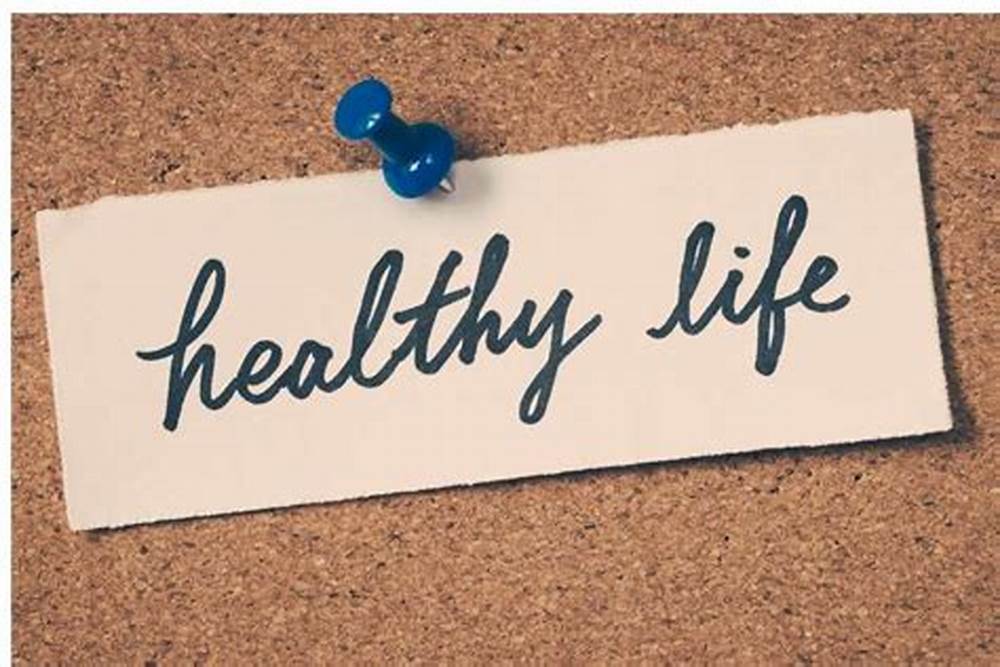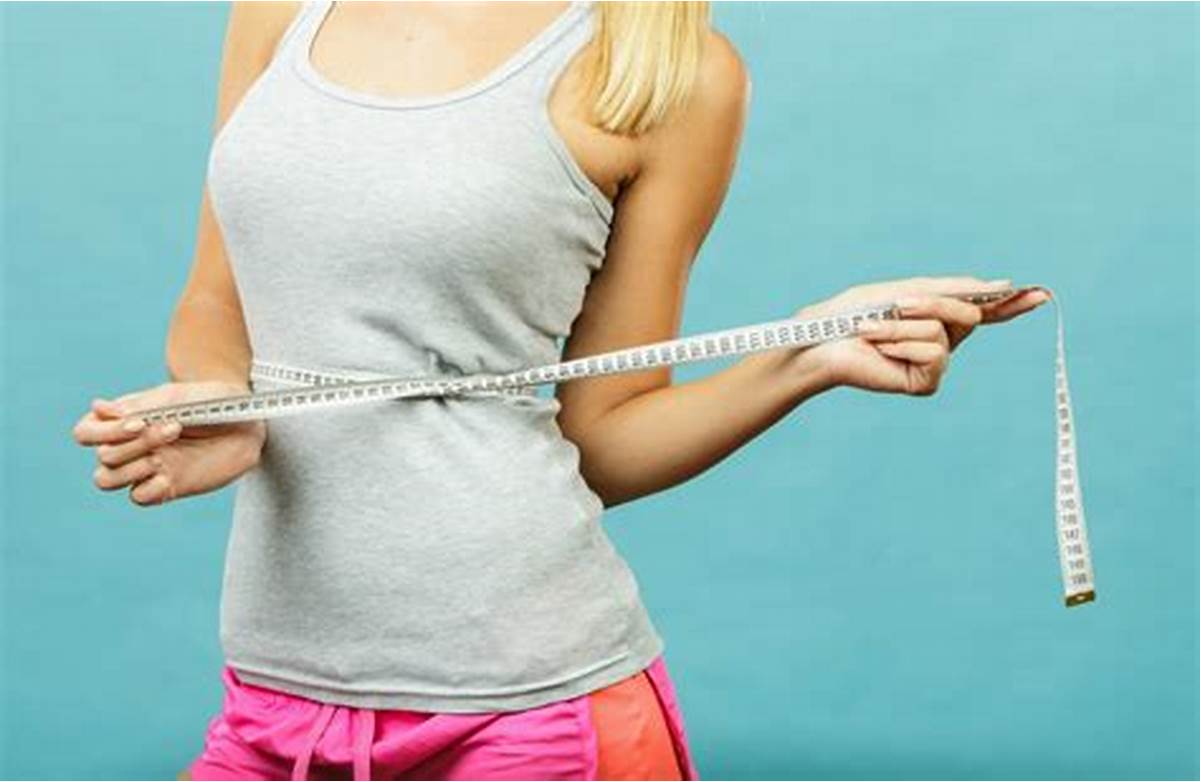Getting six-pack abs is a common fitness goal, but it requires more than doing endless crunches. Visible abdominal muscles result from a combination of targeted exercise and proper diet. The key is to reduce body fat to a level where the muscle definition underneath becomes visible. I’ve trained clients and worked on my own fitness long enough to understand that abs are made in the kitchen just as much as in the gym. In this article, I’ll walk you through how to get six-pack abs with diet and exercise, using a step-by-step approach. It’s based on personal experience, expert recommendations, and proven scientific principles.
Step 1: Understand the Basics of Ab Development
You already have abdominal muscles—they’re just hidden under a layer of fat. The goal is to:
- Build strong abdominal muscles
- Reduce overall body fat percentage
For men, visible abs typically appear around 10–12% body fat. For women, it’s around 16–18%. These numbers vary slightly based on genetics and muscle thickness.
Step 2: Track Your Body Composition, Not Just Weight
Use tools like:
- Body fat calipers
- Smart scales (bioelectrical impedance)
- DEXA scans (if available)
Focus on tracking:
- Body fat percentage
- Waist measurement
- Progress photos
You can weigh more and still look leaner if your body fat is low and muscle mass is high.
Step 3: Build a Diet Focused on Fat Loss and Muscle Preservation
Abs are made visible through calorie deficit—burning more calories than you consume.
- Calculate Your Caloric Needs
Use a calculator to find your maintenance calories, then subtract 10–20% for fat loss.
If your maintenance is 2500 calories:
- Eat 2000–2250 calories per day
Avoid extreme deficits; they may lead to muscle loss.
- Prioritize Macronutrients
Protein
- Aim for 1.0–1.2 grams of protein per pound of body weight
- Supports muscle repair and helps you feel full
Good sources:
- Eggs, chicken, fish, Greek yogurt, legumes, protein powders
Carbohydrates
- Include complex carbs for energy and recovery
- Sources: oats, brown rice, sweet potatoes, fruits
Fats
- Don’t go below 20% of total calories
- Healthy fats: olive oil, nuts, avocado, fatty fish
- Time Your Meals Smartly
- Eat smaller, balanced meals throughout the day
- Include protein in every meal
- Hydrate consistently: 2–3 liters of water per day
Step 4: Train Your Whole Body, Not Just Your Abs
Focusing only on ab exercises won’t burn belly fat. Compound lifts and full-body workouts build muscle and burn more calories.
- Strength Training (3–4x/week)
Focus on compound movements:
- Squats
- Deadlifts
- Pull-ups
- Overhead presses
- Bench press
These exercises recruit the core and help raise metabolism.
- Add Specific Core Workouts (3x/week)
Train abs like any other muscle group—with proper form and recovery.
Beginner Routine:
- Planks – 3 sets of 30–60 seconds
- Bicycle crunches – 3 sets of 20 reps
- Leg raises – 3 sets of 15 reps
Intermediate/Advanced Routine:
- Hanging leg raises
- Weighted sit-ups
- Russian twists with a dumbbell
- Ab rollouts with a wheel
Rest 30–60 seconds between sets. Increase difficulty gradually.
- Incorporate Cardio (2–4x/week)
Helps burn calories and supports fat loss.
Types of Cardio:
- Low-intensity steady state (LISS): walking, cycling
- High-intensity interval training (HIIT): sprints, circuits
Mix both based on your schedule and fitness level. I’ve had great results using HIIT twice a week and walking daily.
Step 5: Improve Sleep and Manage Stress
Sleep and stress affect hormones like cortisol, which can cause fat retention around the midsection.
Tips:
- Get 7–9 hours of quality sleep per night
- Avoid caffeine late in the day
- Practice stress management: meditation, walking, hobbies
Recovery is just as important as training.
Step 6: Be Consistent and Patient
Six-pack abs take time. Depending on your starting point, it may take 3–6 months or more.
Tips for Staying on Track:
- Use a food tracker like MyFitnessPal
- Take weekly progress photos
- Avoid comparing yourself to others
- Focus on how you feel and perform, not just looks
I often remind clients that getting abs is a byproduct of good habits—not a goal you can crash-diet into.
Step 7: Maintain Results with Smart Adjustments
Once your abs are visible:
- Gradually increase calories to maintenance
- Keep doing core workouts to maintain definition
- Avoid overtraining; rest days matter
If you want to go beyond a six-pack (like an eight-pack), continue refining your approach, but know that genetics plays a big role in muscle shape and visibility.
Conclusion
Getting six-pack abs with diet and exercise isn’t about gimmicks—it’s about building lean muscle, lowering body fat, and consistently following a smart routine. It requires commitment, proper nutrition, strength training, core-focused exercises, and a healthy lifestyle. I’ve helped clients transform their bodies using these very steps. The key is not perfection, but consistent progress over time.Start with manageable changes, track your habits, and stay patient. Visible abs are achievable—with the right strategy and effort.





